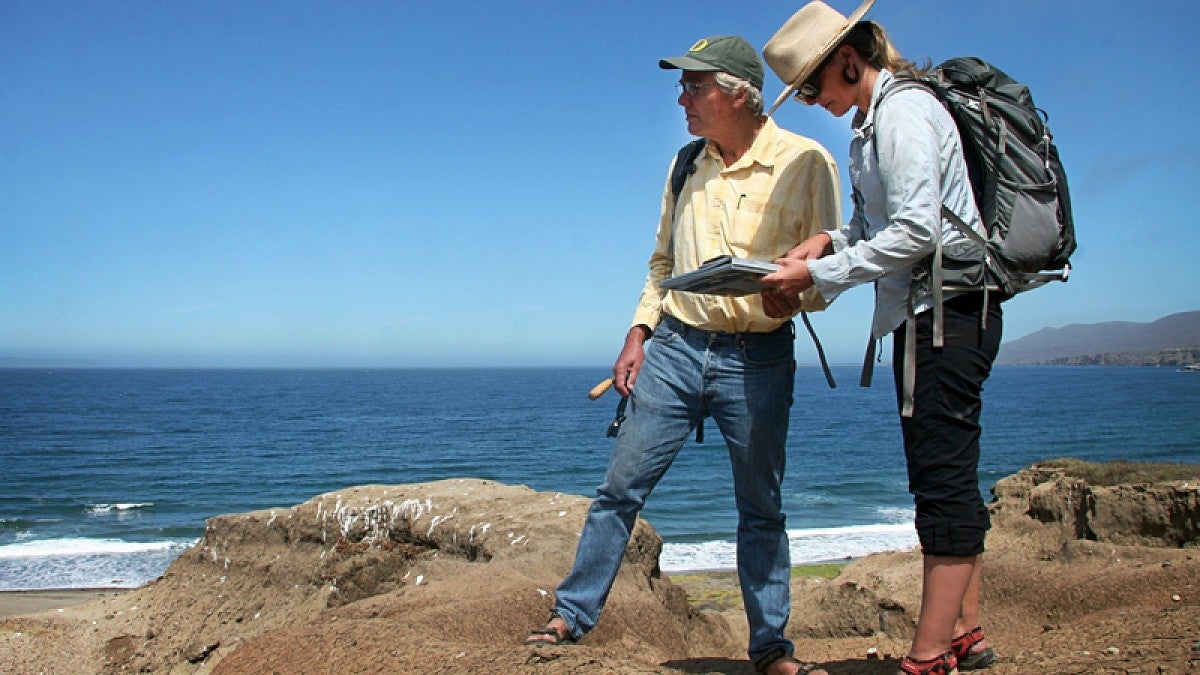What began as a simple renovation of a historical ranch house on an island off the coast of California has turned into a methodical excavation of a site containing tools that are thousands of years old.
Jon Erlandson, an anthropology professor at the UO and director of the Museum of Natural and Cultural History, says the island is home to the oldest known human remains in North America, from 13,000 years ago, and this new site could be nearly as old. He came to this conclusion based on the discovery of two stone tools used to hunt and fish.
The story has been picked up in numerous media outlets.
The house, part of the historic Vail and Vickers ranch on Santa Rosa Island, was being given a foundation as part of an effort to turn it into visitor lodging. But soon after work began an on-site archaeological monitor noticed stone flakes that looked like they came off ancient tools.
“The site is at least 10,000 years old and could be 12,000 years old or older. This became a very exciting and important discovery,” Erlandson said. “The Channel Islands, especially the northern islands, are emerging as one of the central places in understanding the peopling of the new world.”
For more, see “Crew uncovers ancient site under Channel Islands home” in the Ventura County Star.
Erlandson has taught at the UO since 1990, after receiving a doctorate from the University of California, Santa Barbara in 1988. He has done archaeological fieldwork in California, Oregon, Alaska and Iceland, focusing on the development of maritime societies, historical ecology in coastal environments and the peopling of the Americas.


